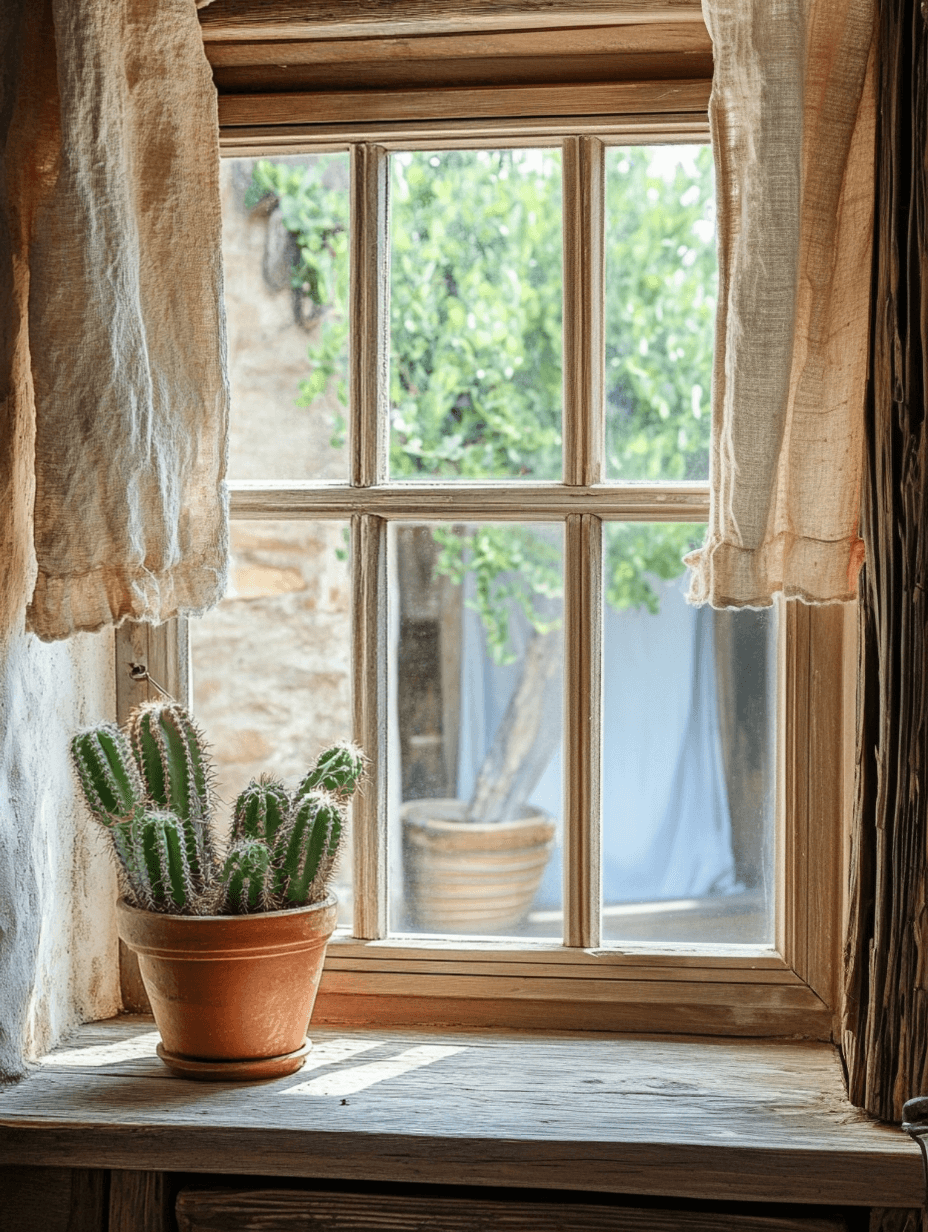
Did You Know? Fascinating Cactus Facts
1. Did you know cactus spines aren’t actually thorns? They’re highly modified leaves! While most plants use their leaves for photosynthesis, cacti have adapted to their desert homes by shrinking their leaves into sharp spines. This clever move helps them conserve water, protect against hungry animals, and even provide a bit of shade. Meanwhile, their thick green stems take over the job of photosynthesis. So those fierce little needles are really just leaves in survival mode—nature’s way of saying, "Stay sharp and stay cool!"
2. Cacti have existed since the time of the dinosaurs. These resilient plants first appeared around 35 to 40 million years ago, and while that’s a bit after the dinosaurs went extinct (about 66 million years ago), their early relatives go back even further, to the Cretaceous period, when dinosaurs still roamed the Earth. Over millions of years, cacti have evolved into the hardy, water-storing, spine-covered survivors we see today. They’ve withstood massive climate shifts, continental drift, and the test of time—proving they’re not just tough, they’re prehistoric legends in the plant world!
3. Because cacti thrive in hot, dry, and arid environments, they’ve developed a clever way to make food without losing precious water. Unlike most plants, which open their leaf pores during the day to take in carbon dioxide for photosynthesis, cacti do the opposite—they open them at night when it’s cooler and less water evaporates. This special process is called CAM photosynthesis (short for Crassulacean Acid Metabolism). By storing carbon dioxide overnight and using it during the day to make food, cacti can survive in extreme heat while keeping water loss to a minimum. It's just one of the many smart survival tricks these desert specialists have evolved over millions of years!
4. Cacti aren’t just desert survivors—they’ve also been valued for their medicinal properties for centuries. Traditional cultures across the Americas have used various parts of the cactus—especially the fruit, flowers, and flat pads to treat a wide range of health issues. The prickly pear cactus, in particular, has been used to help heal wounds, reduce inflammation, soothe digestive problems, and even manage blood sugar levels. Rich in antioxidants, vitamins, and fiber, cactus parts are still used today in natural remedies, teas, supplements, and skincare products. From ancient healing practices to modern wellness trends, cacti have quietly played the role of nature’s pharmacy for generations. However, always consult a qualified healthcare professional before using any plant medicinally—some cacti can be toxic or interact with medications. Don’t try this at home without proper guidance!
5. Cactus spines aren't just for defence- they’re also tiny water collectors! Incredibly, some species of cactus have spines that can capture microscopic droplets of water straight from the air, like fog, dew, or even wind. The unique shape and surface texture of the spines help guide these tiny droplets down toward the base of the plant, where they can be absorbed by the roots. This remarkable adaptation allows cacti to harvest moisture in some of the driest places on Earth, where rainfall is scarce and every drop counts. Just another mind-blowing example of how nature engineers survival in the harshest conditions!
6. Some types of cacti are so incredibly adapted to desert life that they can survive for one to two years without a single drop of water! How? They have thick, fleshy stems that act like natural water tanks, storing moisture from the rare rains they do receive. Their waxy skin helps seal in that water, and their reduced surface area (thanks to spines instead of leaves) minimizes evaporation. On top of that, their metabolism slows way down during drought, allowing them to use water very efficiently. These plants are built to outlast extreme conditions most living things couldn’t handle for even a week!
Here are some cacti that can live up to 1–2 Years Without Water:
1. Saguaro Cactus (Carnegiea gigantea)
Native to: Sonoran Desert (Arizona, California, Mexico)
Survival Time: Up to 2 years without rain
Why it survives: Massive size and ribbed body allow it to store hundreds of gallons of water during rainy periods. It uses this reserve slowly and efficiently.
2. Barrel Cactus (Ferocactus and Echinocactus species)
Native to: Southwestern U.S. and Mexico
Survival Time: Around 1–2 years
Why it survives: Its barrel shape minimizes sun exposure and maximizes water storage. Some indigenous peoples referred to it as a "water source" in emergencies.
Check out our Ferocactus collection!
Check out our Echinocactus collection!
3. Golden Barrel Cactus (Echinocactus grusonii)
Native to: Central Mexico
Survival Time: Up to a year
Why it survives: Dense ribs and thick skin help reduce evaporation; it can shrink as it uses water, then rehydrate when rain return.
4. Pachycereus pringlei
Native to: Baja California, Mexico
Survival Time: 1–2 years
Why it survives: Similar to the saguaro but even larger in some cases—stores large water reserves and grows slowly.


